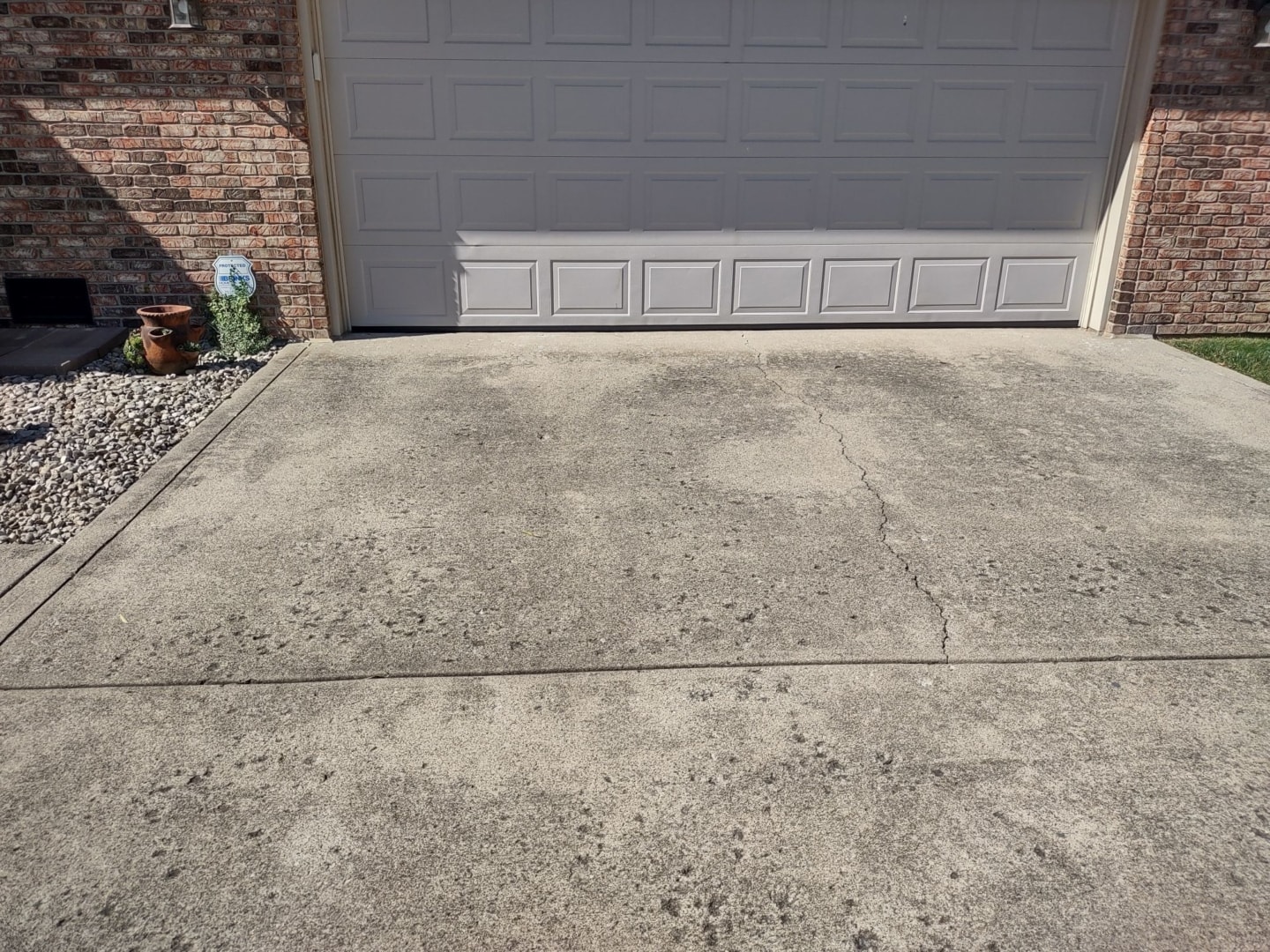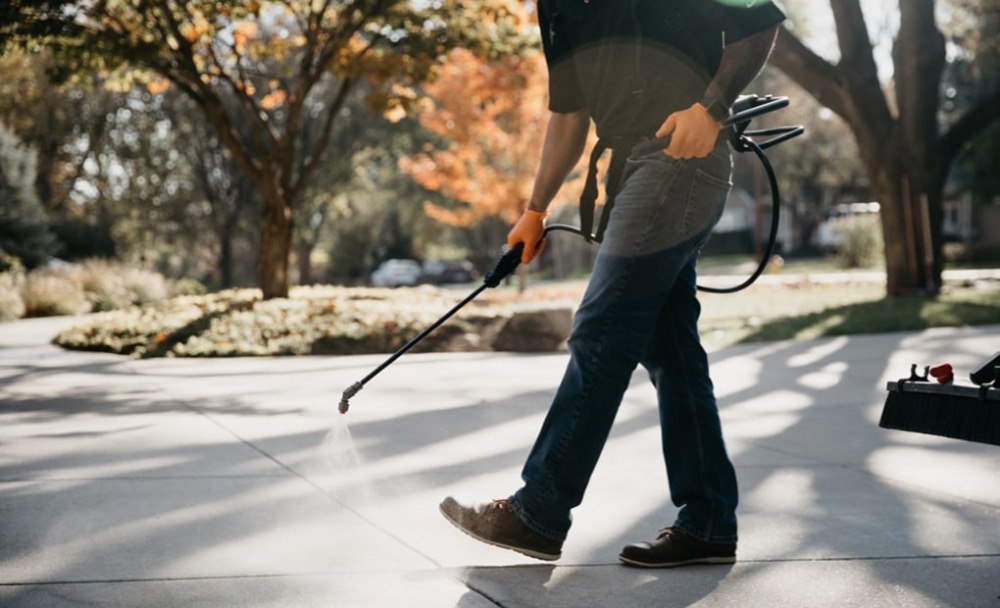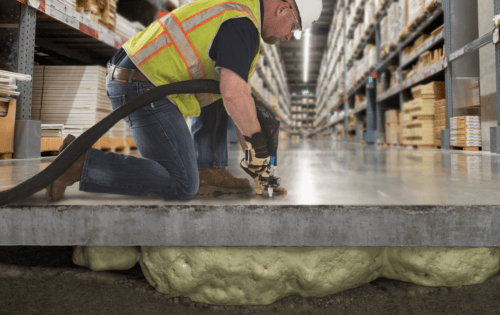Concrete is durable and widely known for its strength and longevity. However, like any material, it is susceptible to wear and tear over time – especially with our Indiana weather. One common problem many property and/or business owners encounter is concrete spalling.
Concrete cover plays a crucial role in protecting embedded steel reinforcement bars from corrosion, which can lead to spalling. The most common cause of concrete spalling is the corrosion of embedded steel reinforcement bars.
Introduction to Spalling Concrete
Spalling concrete is a common issue that affects the durability and longevity of concrete structures. It is characterized by the breakdown of the concrete surface, resulting in cracks, chips, and flakes. This can be caused by various factors, including freeze-thaw cycles, corrosion of reinforcing steel, and chemical reactions. Understanding the causes and consequences of spalling concrete is essential for preventing and repairing damage to concrete structures. Freeze-thaw cycles can cause the concrete to expand and contract, leading to cracks and spalling. Corrosion of reinforcing steel within the concrete can also cause spalling, as the rusted rebar expands and causes the concrete to crack and break away. Corroding steel can expand up to ten times its original volume, exerting stress on the surrounding concrete. Chemical reactions, such as alkali-silica reaction, can also weaken the concrete and lead to spalling. By understanding these factors, property owners can take steps to prevent and address spalling, ensuring the longevity and durability of their concrete structures.
Understanding Spalling Concrete
Concrete spalling, or scaling, is when the top layer of concrete chips, flakes, or breaks away. Today, with so much concrete surface, complaints of spalling concrete are on the rise. Concrete with incorrect ingredient ratios is more prone to spalling, emphasizing that poor mixing can lead to increased vulnerability in concrete durability. Contractors must continuously revisit current best practices to determine how to prevent this recurring problem for customers. In this article, we will discuss the reasons for why this happens and ways to identify and resolve the problem.
What Causes Concrete Spalling?
Spalling makes concrete look bad and unsafe, especially in busy areas. Deicing salts can lead to spalling by causing a chemical reaction that deteriorates the concrete. Various factors like freezing and thawing, harsh weather, rock or salt use, and installation practices often lead to deterioration. Freeze-thaw cycles can cause concrete to deteriorate, leading to both superficial damage and deeper structural issues. Concrete is porous and absorbs water, which can lead to spalling during freeze-thaw cycles.
Identifying Concrete Spalling
- Surface Flakes and Chips: Look for visible signs of flaking or chipping on the surface of the concrete. Spalled concrete often has a rough, uneven texture.
- Exposed Aggregate: Spalling may expose the aggregate (small stones) within the concrete mix, giving the surface a pitted appearance.
- Concrete Cracks and Gaps: Check for cracks and gaps in the concrete surface. The formation of cracks often accompanies spalling, which can lead to further deterioration or hazards.
- Discoloration: Spalled areas may exhibit discoloration, indicating weakened or damaged concrete.
- Trip Hazards: Deeply pitted or damaged areas of spalled concrete can create trip hazards. In public or worker-accessed areas, these hazards pose serious safety risks, making maintenance crucial to prevent accidents.
Assessing the Extent of Damage
Assessing the extent of damage is a critical step in repairing spalling concrete. This involves evaluating the depth and severity of the damage, as well as identifying the underlying causes. A structural engineer or other qualified concrete professional should be consulted to determine the best course of action for repair. Regular maintenance and inspections can help identify and address potential spalling issues before they become major problems. Repairing spalling concrete usually involves removing loose, delaminated concrete and treating exposed reinforcements. By assessing the damage accurately, property owners can ensure that the appropriate repair methods are used, and that the underlying causes of the spalling are addressed. This can help prevent further damage and extend the life of the concrete structure.
How to Repair Spalling Concrete
-
Seal it before it starts: People do not often discuss prevention for concrete surfaces enough. Using the right concrete sealant can keep concrete strong and in good shape without spending a lot of money. Properly installed anodes and repair materials can significantly enhance the durability of concrete surfaces.
2. Prepare the surface: Before applying any sealant, it is crucial to prepare the substrate properly. This involves cleaning the surface thoroughly and ensuring it is free of debris. Various repair options are available for addressing spalling concrete, each suited to different levels of damage.
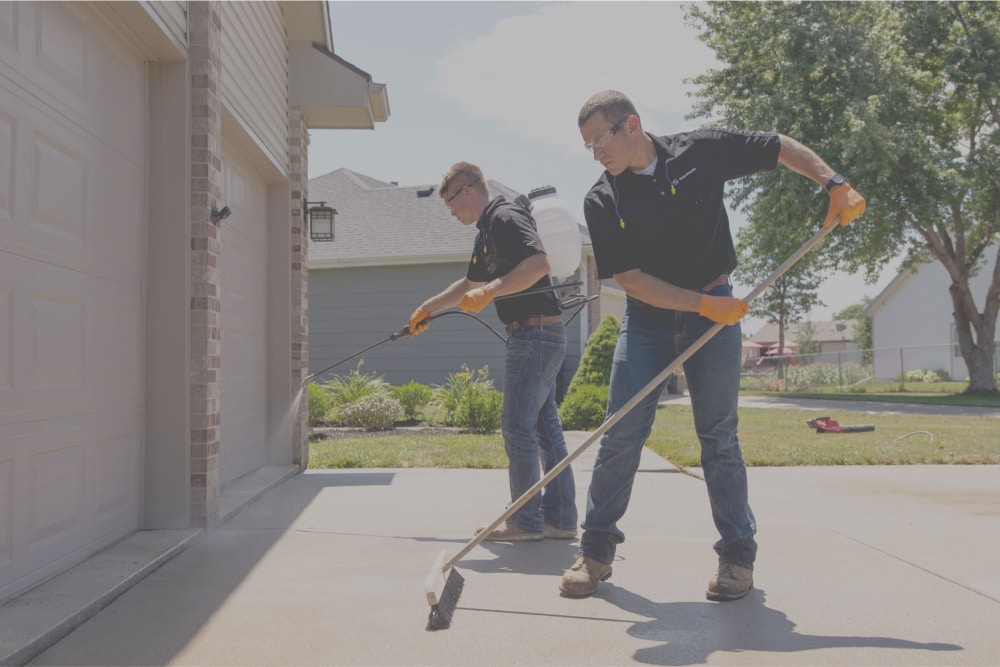
3. Resurface the concrete: One effective method for repairing spalled concrete is resurfacing. This involves applying a new layer of concrete over the existing surface. Proper curing is essential in this process to ensure the new layer bonds well and achieves optimal strength.
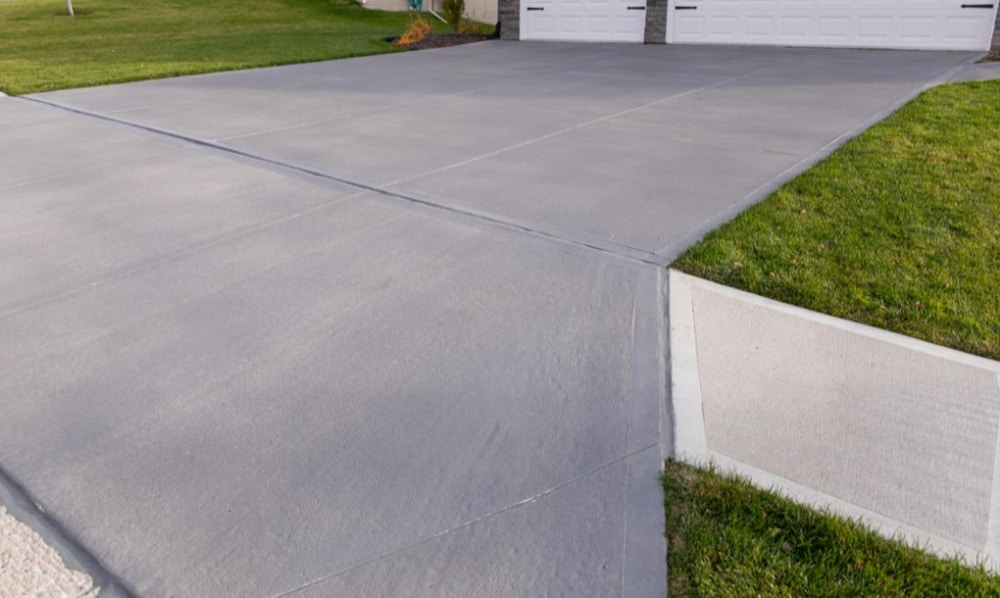
4. Seal and waterproof: After the concrete has been resurfaced and cured, it is important to apply a sealant to protect it from moisture and other elements. Slowing down the processes that lead to spalling, such as carbonation, is crucial. Exposure to environmental factors like moisture and acidic gases can accelerate spalling, making protective measures even more important.
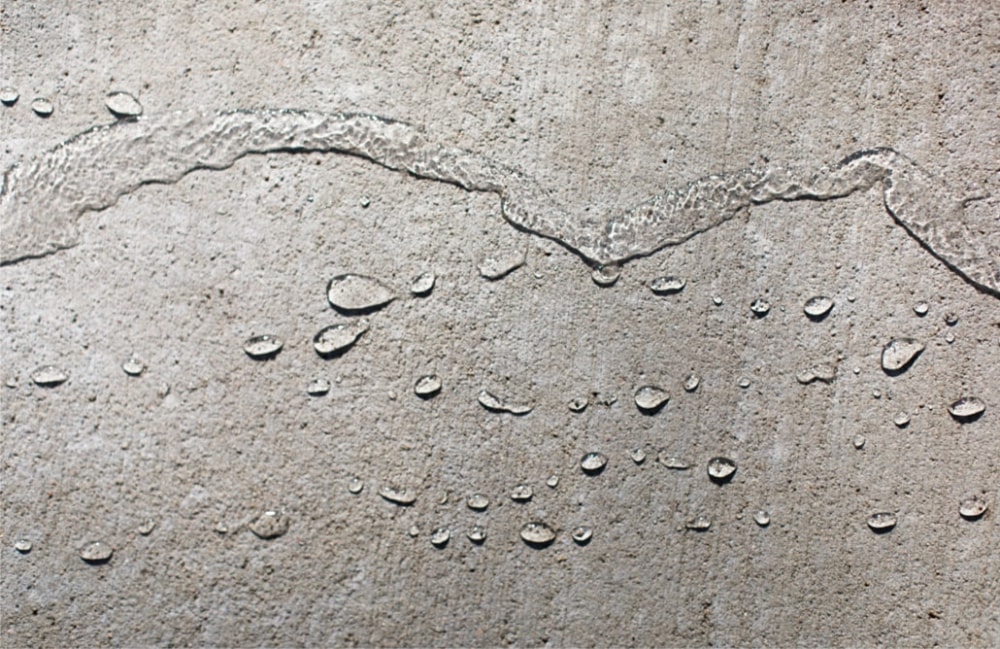
5. Use de-icing agents carefully: De-icing salts can cause significant damage to concrete surfaces. Protective coatings can enhance the durability of concrete by providing an additional layer of defense against these harmful agents. Regular repairs are necessary to address spalling and maintain the structural integrity of concrete surfaces. The cost implications of concrete replacement and repair should also be considered.
Taking steps to prevent spalling is essential for maintaining the quality and longevity of concrete surfaces. Spalling creates pores that allow water to penetrate the surface, leading to further damage. The high alkalinity of concrete helps protect embedded steel, but this protection can diminish over time. Ensuring the structural integrity of concrete is vital to prevent severe consequences. Treatment of corroded reinforcements is a key step in the repair process. Selecting the right repair material is crucial for effective repairs. Concrete repairs should be carried out by qualified professionals to ensure long-lasting results. Regular maintenance is necessary to maintain the integrity of concrete surfaces. Concrete cleaning and sealing services can help preserve the quality of your concrete. Adequate cover for embedded steel reinforcements is essential to prevent corrosion. Rust on rebar can lead to significant foundation repair issues. Proper methods to repair concrete spalling should be followed to ensure effective restoration. Spalling can pose trip hazards and increase maintenance costs for structures that deteriorate unchecked.
Preventing Future Damage
Preventing future damage is essential for maintaining the integrity and longevity of concrete structures. This can be achieved through regular maintenance and inspections, as well as taking preventative measures such as sealing and coating the concrete. Additionally, using high-quality materials and following proper installation practices can help reduce the risk of spalling. It is also essential to address any underlying issues, such as corrosion of reinforcing steel, to prevent future damage. By taking these steps, property owners can protect their concrete structures from spalling and ensure their durability and longevity. Regular maintenance and inspections can help identify potential issues before they become major problems, and taking preventative measures can help mitigate the risk of spalling.
- Surface Patching: Begin by cleaning the affected area, removing any loose debris or dust. Apply a concrete patching compound to fill in the gaps and smooth the surface. Follow the manufacturer’s instructions for the specific product used. This can be difficult to match large amounts of concrete. Spalling can affect both small and large areas of a concrete slab, and replacing a damaged slab is often the most effective solution.
- Resurfacing: For larger impacted areas, consider resurfacing the entire concrete surface. This process involves adding a thin layer of new concrete or a special mix. The purpose is to make the surface look and be strong again. Selecting materials with the right properties for compressive and flexural strengths, water permeability, and chloride ion diffusion is crucial to ensure the durability and effectiveness of the resurfacing. Concrete repairs should be carried out using pre-bagged materials to ensure consistency and compatibility.
- Sealing and Waterproofing: Protect the repaired concrete by applying high-quality concrete sealers and caulking. This helps to prevent moisture infiltration, which is a common cause. For re-profiling works, formwork casting can be an option based on the volume of repairs needed and the required physical properties of the mortar being used.
- Future Preventive Measures: To prevent future spalling, use de-icing agents less, ensure good drainage, and fix any underlying issues causing deterioration.
Preventing concrete spalling, spotting it fast, and taking appropriate action can solve the issue. Taking the right steps can help your concrete surfaces last longer and stay strong. If you need an expert’s advice on identifying and repairing spalling, we’re here to help. Visit https://golevelup.com/free-estimate/ for a free estimate.
